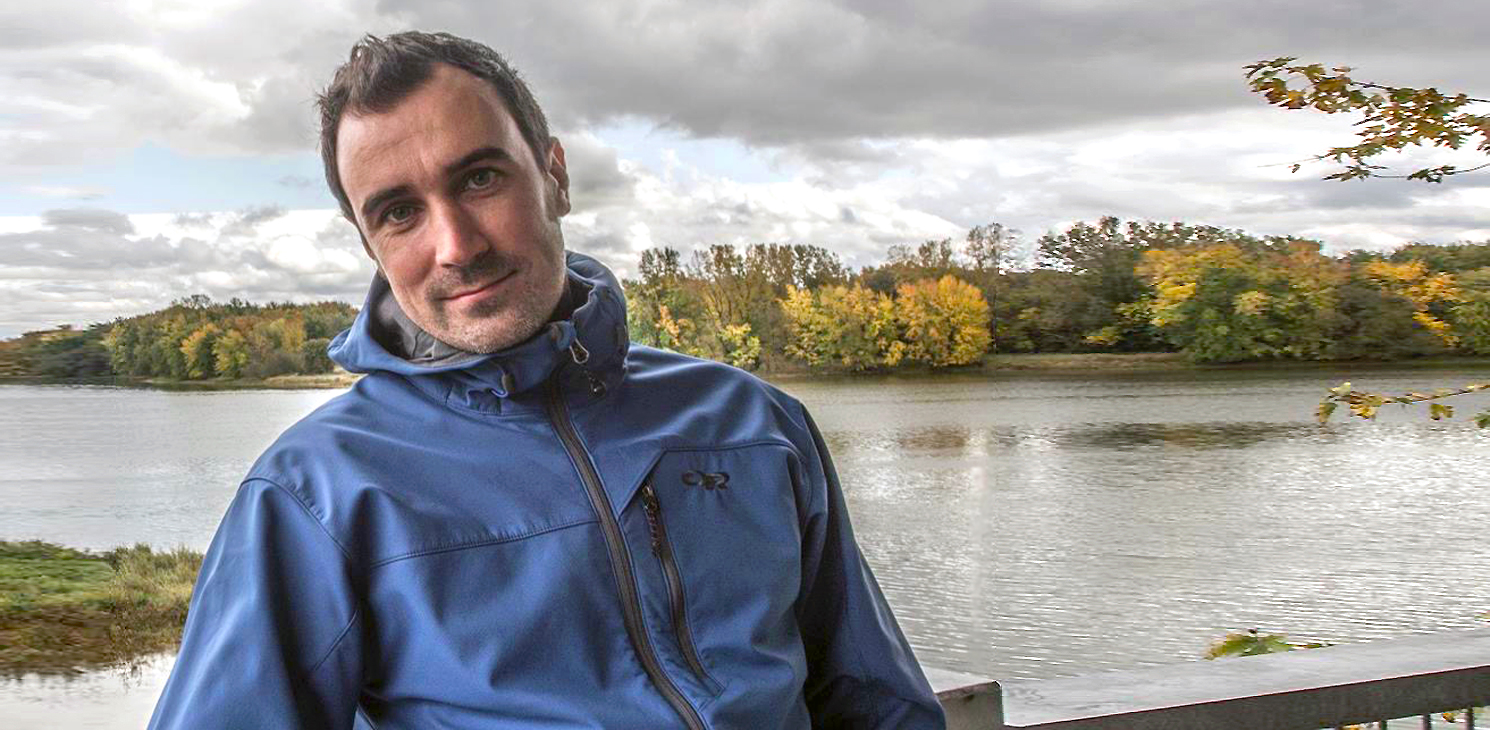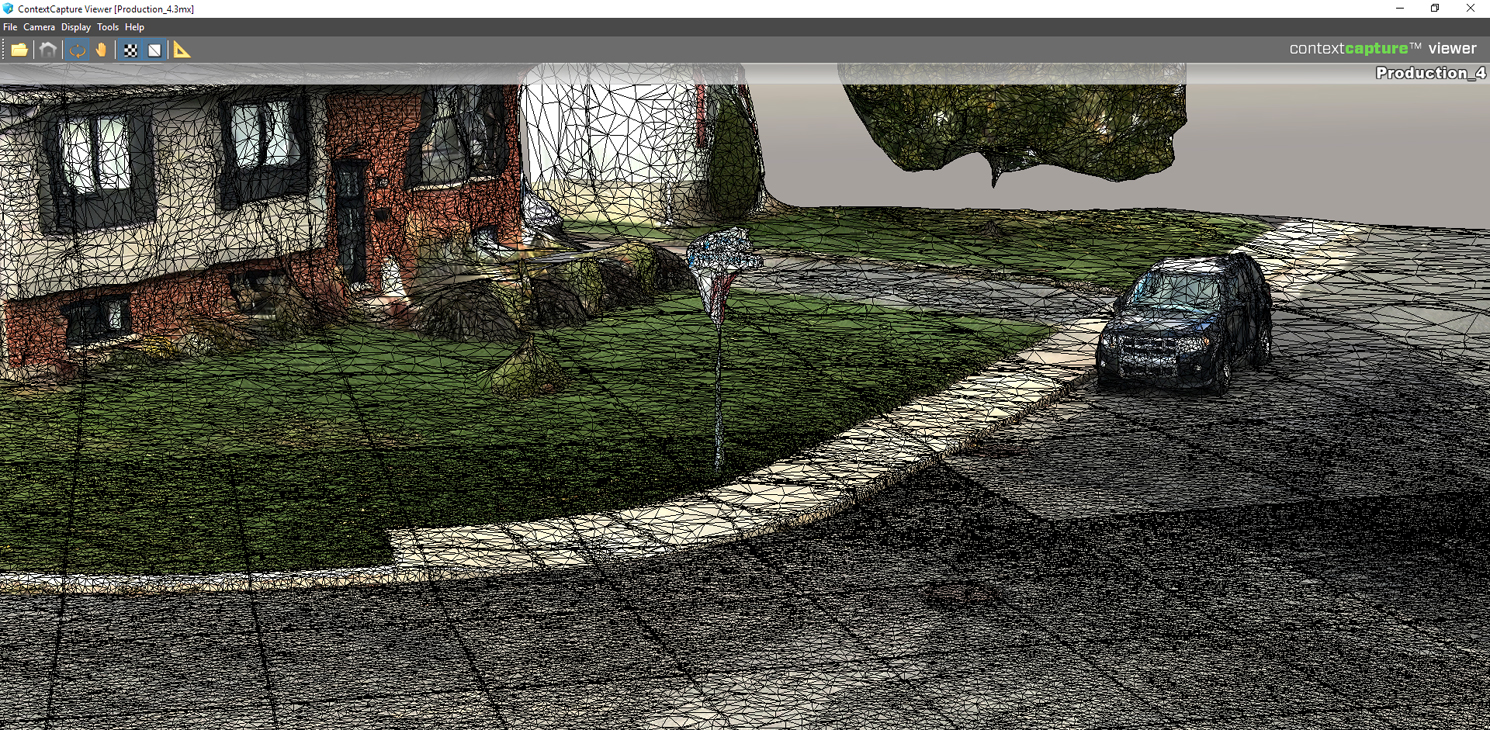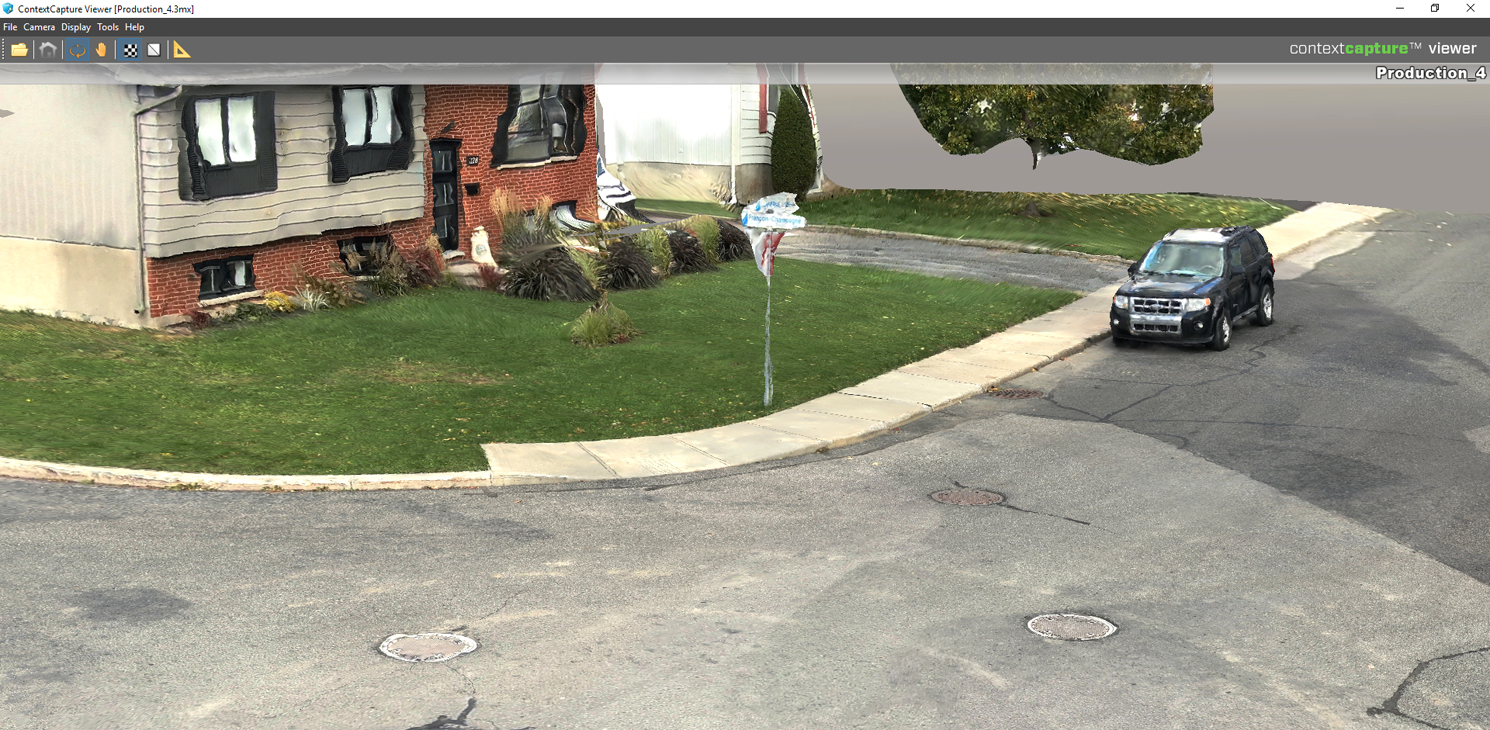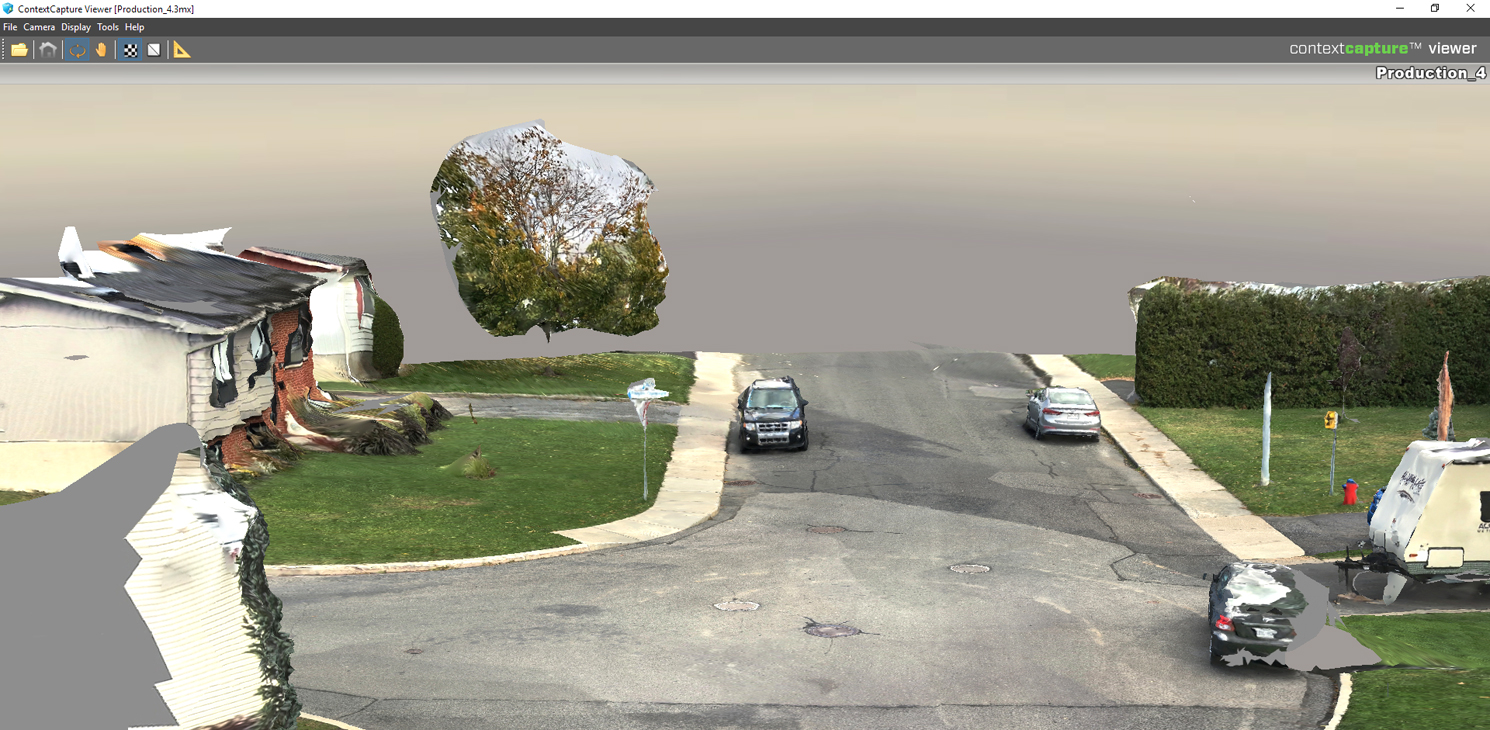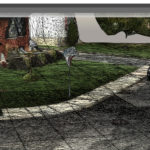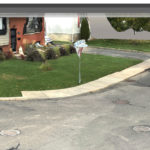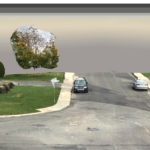Whether it serves to embrace change, create opportunities, solve a problem or make work more efficient, creativity is an essential element in organizations’ growth. But how does it work?
Two years ago, Jérémie Dupuis-Lacasse, Senior Technician specialized in Railway and Highway Engineering at CIMA+ started to develop a unique method to perform photogrammetry with a cellphone. Photogrammetry consists of performing ground surveys, which means taking a photograph of an area under various angles and having them analyzed using software capable of producing a 3D model. Surveys are usually conducted with a drone, but they need to be carried out in safe conditions. For example, a road must be closed to traffic in order to be safely photographed. This major inconvenience made things complicated for our technician who mainly works on roads. Currently a pilot project, the method developed by Jérémie would allow to carry out these same surveys on foot or bicycle using a cellphone, without the need to restrict access to the area.
How did he get this idea? What are the elements that allowed him to further develop and implement it?
Knowledge and intuition: the winning recipe for creativity
“I do a lot of research on new technologies. I try to remain abreast of the latest innovations and see how they could prove useful in solving problems related to my area of activity,” explains Jérémie. The idea did not just dawn on him. Although we used to believe that creativity came from the right brain hemisphere and that in order to stimulate it you simply need to block rational thinking and explore any and all ideas that pop up, recent studies proved that this theory is wrong. According to Barry Gordon, our brain records and categorizes large amounts of information daily – this is the analysis phase. As it does, the brain tries to establish a correlation between new and already recorded information, in order to generate a thought. This is what we call intuition. Together, analysis and intuition form the “intelligent memory”. Most of this process being unconscious, we tend to believe that when we have a good idea we were graced with a sudden stroke of genius. However, a good idea is the result of the combination of all the information accumulated and correlated.
Because knowledge feeds creativity, we should try to increase the volume and quality of information we receive. The best way to achieve this is to increase collaboration by sharing our knowledge and experience with others, by investigating whether other people were confronted with similar problems, and what solutions they used to solve them. Based on this principle, organizations would gain by encouraging curiosity and facilitating information sharing among their employees. One strategy implemented by CIMA+ to create conditions conducive to collaboration is the reorganization of its office spaces by replacing enclosed workstations with open work areas.
Creating an environment conducive to creativity
According to Jérémie Dupuis-Lacasse, the determining factor that allowed for his idea to take flight was his supervisors’ open-mindedness towards innovation, and the trust they vested in him. For employees to be creative, the organization must support the emergence of ideas, favourably welcome and carefully study them, and implement them with enough resources to support their application. Such an idea-supporting vision must avoid condemning failure, but rather consider it as an opportunity for learning. Because employees need role models, leaders must also be innovative to inspire them and create a climate of trust in terms of new ideas. Lastly, HR management programs also play a role in contributing to a greater openness to change and knowledge sharing.
A process that requires time
Two years have gone by since Jérémie started to develop his method. Although it is almost completely operational, its development required several steps. First, he submitted his idea to the CIMA+ Innovation Committee who evaluated its usefulness, feasibility and potential to apply to other sectors of activity within the firm. Therefore, creativity is more than the stroke of genius mentioned earlier. For an idea to become an innovation, it must address an existing problem effectively. This process takes time.
Lastly, studies show that if the presence of routine work in the organization limits employees’ creativity, alternating creativity with routine is beneficial as it allows them to take a break and take ownership of the innovation between two periods of creative frenzy. Searching for creativity all the time and at all costs would thus prove counterproductive.
